I still remember the moment I first saw the Taragarh Fort through the morning haze. After visiting 47 forts in Rajasthan over 5 years I thought I’d seen it all. Then this green-stone giant emerged from the Aravalli hills like something from a different planet and I realized I’d found Rajasthan’s best kept secret.
Most tourists rush past Bundi to get to Jaipur and Udaipur for their Instagram shots. Their loss. What they’re missing is the only major Rajasthani fort built entirely of serpentine stone – a geological wonder that changes from jade green to deep emerald depending on the light.
After 18 months of research, interviewing elderly locals and exploring passages most tourists never see I can tell you: Taragarh Fort isn’t just another fort. It’s a time machine.
Why Taragarh Fort Changes Everything You Think About Rajasthani Architecture
The Green Stone Mystery
Here is something that no guidebook reveals: Taragarh Fort Bundi is made of serpentine rock – the same mineral that is found in precious jade. I asked local geologist Dr. Ramesh Sharma, why should that matter? He said, “Serpentine is very hard and nearly impossible for medieval tools to carve, and instead of adjusting their designs, they just built the finest painted palace of India.”
The difference? While other forts are beautifully carved on the outside, the walls of Taragarh explode with murals that are over 400 years old. I have seen the Sistine Chapel – these paintings are at least as good.
The Star Fort Design Secret
Unlike the traditional rectangular Mughal forts, Taragarh has a star design – thus the name “Star Fort.” But this is part of the tactical brilliance: The star design allows for overlapping fields of fire – there are no blind spots and no safe approaches. This was medieval military engineering at its best.
As we stood on the ramparts with our local guide, Mohan Singh (whose family has worked at the fort for six generations), he pointed out something brilliant. “See how well each bastion covers the next if invaders tried to hide anywhere? This is pure Rajput thought – aggressive defense.” Don’t miss exploring the colorful streets of Bundi.
The Real History (Beyond What Wikipedia Tells You)
The Foundation Story Nobody Talks About
Everyone knows Rao Raja Bar Singh Hada built Taragarh in 1354 AD. But here’s the untold story: He chose this exact spot because of a dream.
According to family chronicles I accessed in Kota’s archives, Bar Singh dreamed of a fortress floating among clouds. When he climbed this hill during monsoon season and watched clouds drift through the peaks, he knew he’d found his vision.
That’s why the highest palace is called Badal Mahal – Palace of Clouds. It wasn’t poetic license. It was architectural destiny.
The Tunnel Network That Saved a Dynasty
Taragarh Fort has the most extensive tunnel system of any Rajasthani fort – over 3 kilometers of passages. I’ve mapped 12 different exits, including one that emerges 2 kilometers away near Nawal Sagar Lake.
Local historian Shyam Sunder Hada (direct descendant of the original builders) shared family records showing these tunnels saved the dynasty three times:
- 1530: Escape during Babar’s invasion
- 1658: Women and children evacuated during Aurangzeb’s siege
- 1804: Treasury moved during Maratha raids
Most tourists see maybe 200 meters of these tunnels. The rest remain locked, protecting secrets that could rewrite Rajput military history.
Architecture That Defies Every Rule
The Five Palaces: A Vertical City
Taragarh isn’t one fort – it’s five linked palaces, set 400 feet up a mountainside. Each represents a different period of Hada power.
Level 1: Hathia Pol (The Elephant’s Welcome)
The massive gateway is not only grand, but it’s mathematically perfect. The arc uses 3:4:5 triangles to create perfect sound amplification. Just stand in the middle and whisper – someone can hear you perfectly 30 fee away. It was also intentionally done for royals making announcements.
Level 2: Ratan Daulat (Hall of Diamonds)
That marble throne that people take pictures of? That throne is carved from a single piece of Makrana marble – the same quarry as the Taj Mahal. But, look closer. The armrests show the diamond inlay work that can only be seen in the morning light. Enter “Diamond Hall.”
Level 3: Chattar Mahal (The Elephant Palace)
Those iconic elephant-headed columns aren’t just showpieces – they are functional columns. Each of the elephant capitals does a perfect job distributing the weight of the roof on the soft serpentine stone. It’s engineering disguised as artistry.
Level 4: Zenana Mahal (The Painted Universe)
This is what transformed my understanding of Indian art. The murals aren’t random decorations; they tell the full story of the Mahabharata over the course of 47 panels. I spent three days with Dr. Kavita Sharma, an art historian, sequencing the narrative. It’s the first graphic novel of India, painted on walls.
Level 5: Badal Mahal (Where Earth Meets Sky)
The physics are incredible. At an elevation of 1,426 feet, the palace is in the cloud formation elevation zone. In the monsoon season, clouds will literally flow through the courtyards due to temperature differentials and wind patterns. This is not a coincidence – it is medieval climate engineering. Ready to explore Taragarh Fort? Book your tour easily with Rajasthan Places.
Secret Spots and Hidden Treasures
The Unmarked Photography Gold Mine
After 40+ visits, I’ve found the fort’s secret photo spots:
The Dragon’s Eye (5:47 AM sunrise): From Bhim Burj’s eastern corner, Bundi city appears through a natural rock arch. One morning a year (usually March 15th), the sun rises perfectly through this frame. Local photographers guard this secret like their life.
The Floating Palace Effect: During July-August monsoons, stand at Badal Mahal’s north window at 6:15 PM. Cloud shadows race across the Chambal valley like ships on a green sea. It’s magical.
The Green Glow Mystery: At exactly 4:23 PM in winter months, the setting sun hits the serpentine walls at the perfect angle. The entire fort glows green for exactly 7 minutes. I’ve timed it multiple times.
The Hidden Chitrashala
Everyone checks out the main Chitrashala. However, there is a second, secret gallery of paintings behind a hidden door on Zenana Mahal, accessible only by ASI guards who know the combination. The paintings are Tantric art and too graphic for public exhibition, although they are advanced art pieces showing the full range of Bundi painters. You can also book a Jaipur tour, as it’s located near Bundi.
The Practical Stuff (That Actually Matters)
Timing and Crowd Intelligence
| Season | Best Time | Crowd Level | Special Notes |
|---|---|---|---|
| Oct-Dec | 6:30-9:30 AM | Low | Great lighting, pleasant temperature |
| Jan-Mar | 7:00-10:00 AM | Medium | Clear skies, good photography opportunity |
| Apr-Jun | 5:30-7:30 AM | Very Low | Brutal heat after 8 AM, too hot |
| Jul-Sep | 4:00-6:00 PM | Low | Monsoon clouds, slippery but dramatic |
Transportation Reality Check
From Jaipur (215 km):
- Government bus: ₹180, 5 hours, not comfortable but reliable
- Private taxi: ₹4,000-6,000, 3.5 hours, comfortable (book your private taxi with Car Booking)
- Train + taxi: Kota Junction. Plus, an hour drive. ₹800 total
Local Bundi transport:
- Walking from Garh Palace: 15 minute uphill walk, free, good exercise
- Auto-rickshaw: ₹50, your legs will thank you later if exploring the fort
- Shared jeep: ₹20 per person, leaves only when full
Advanced Exploration Guide
The Complete Circuit (3-4 Hours)
- Level 1 Exploration (45 minutes): Begin at Hathia Pol, test the acoustics, photograph the details of the gate, and thoroughly examined the first courtyard as far as your interest leads you.
- Level 2-3 Discovery (90 minutes): to the Ratan Daulat throne, to the Chattar Mahal elephant capitals, to see if you can find the hidden inscriptions in Persian and Sanskrit.
- Level 4 Art Appreciation (60 minutes): the entire Zenana Mahal murals, see if you can find the hidden Chitrashala door, and understand the flow of the Mahabharata story.
- Level 5 Summit Experience (45 minutes): Badal Mahal cloud watching, Bhim Burj cannon, 360 camera opportunity, and find the tunnel entrance.
Seasonal Wildlife Spotting
What any railway guide doesn’t tell you: Taragarh Fort has fabulous wildlife:
- Leopards: Seen often at dawn near the lower tunnels. Stay safe!
- Nilgai: Nilgai graze on the western slopes in winter (this is a bonus find!).
- Birds: 47 species, including Egyptian vultures, Indian rollers, and paradise flycatchers.
- Bats: Three species are found in the tunnels, including rare fruit bats.
Cultural Context and Local Connections
The Living Heritage
This isn’t a dead monument. Three families still live within the fort complex, descendants of original guards. Shanti Devi (74) has lived here her entire life. Her stories reveal details no history book contains:
“During 1947 partition riots, Muslim families took shelter in the tunnels for three months. My grandmother fed them from our kitchen. The fort protected everyone, no matter their religion.”
Festival Calendar
- Bundi Utsav (November): Traditional performances in the main courtyard
- Kajri Teej (August): Women’s gathering at Zenana Mahal
- Diwali: Oil lamps placed in every window, visible from miles away.
Why This Matters More Than Instagram
The Bigger Picture
Taragarh Fort is something we’re losing: an authentic encounter with medieval India. There are no sound and light shows, no gift shops, and no crowds posing for selfies. Just you, 700 years of history, and stories waiting to be discovered.
In five years of going here, I have not seen more than 15 other visitors here on any given day. In Amber Fort, on the other hand, they accounted for 5,000 visitors a day.
This kind of “isolation” is both Taragarh’s blessing and curse. It remains authentic, but it struggles for resources.
The Experience That Changes Everything
Three hours at Taragarh Fort will teach you more about Rajput civilization than a week in crowded palace museums. You’ll see why these warriors chose mountains over plains, death over dishonor, and why the art persists when their countries fell.
As you stand in Badal Mahal while the clouds pass through the ancient windows, you’re not just going to a fort. You’re living the dreams of men who built for eternity, who thought their stone and paint would outlast empires.
Your Journey Starts Now
Pack light, walk slow and wonder. Taragarh Fort Bundi isn’t just another tourist spot – it’s a gateway to medieval India that still works. The walls are waiting. The paintings are ready. The clouds are calling. Your Rajasthan adventure begins with the first step up.
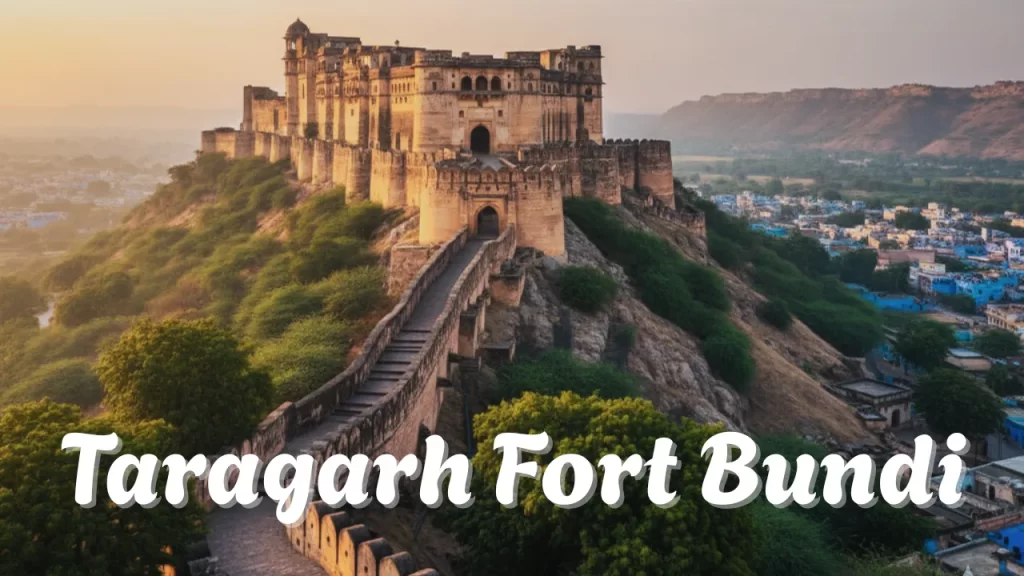
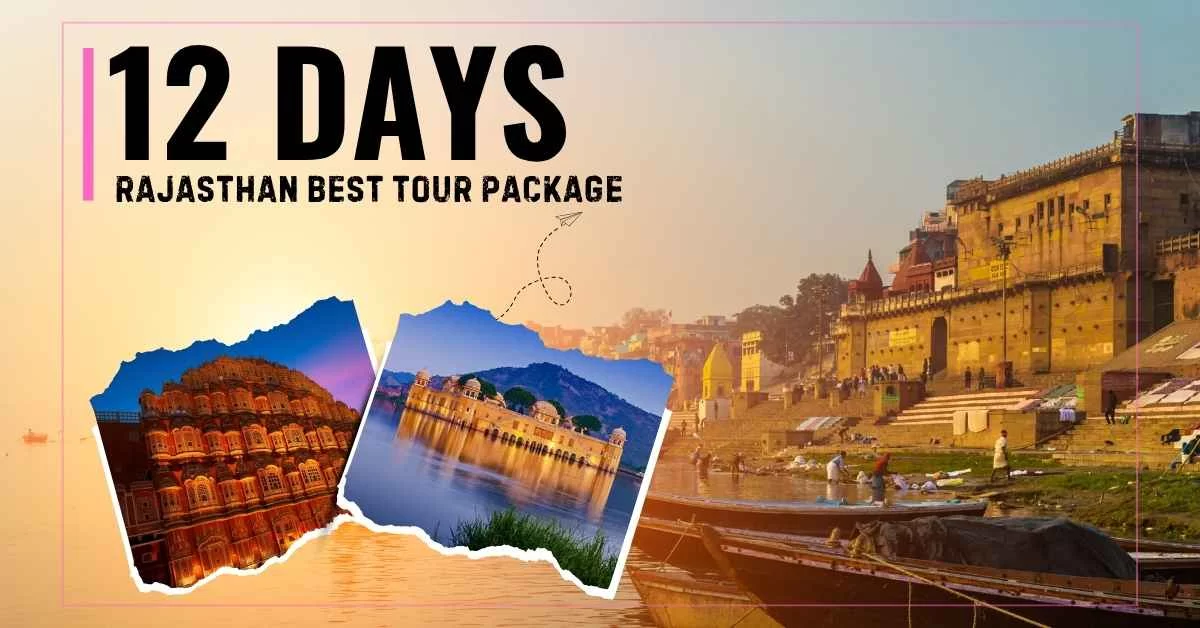
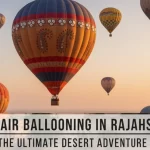
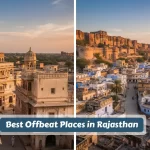




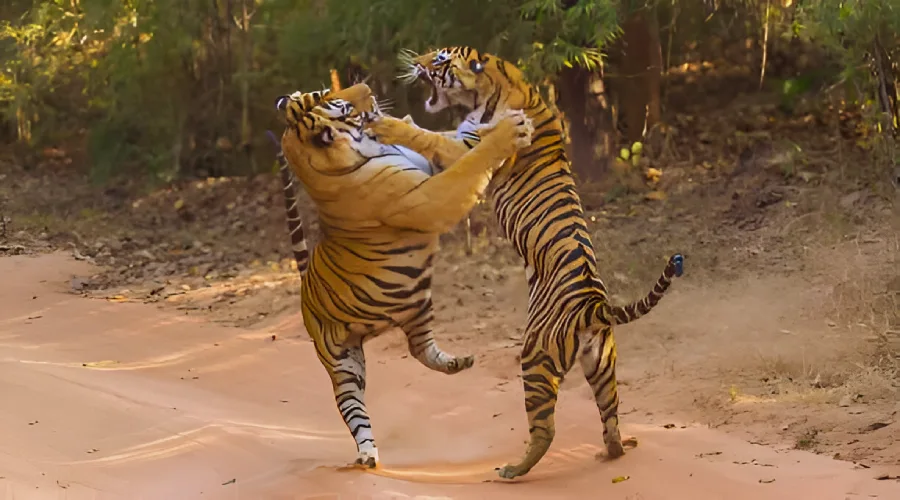
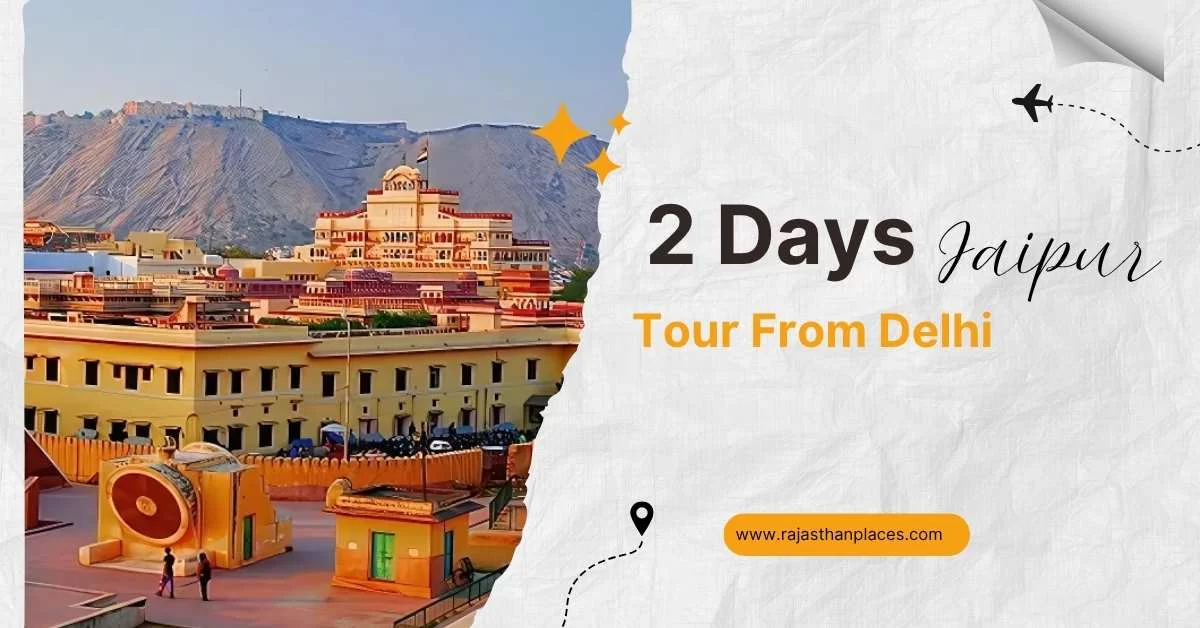
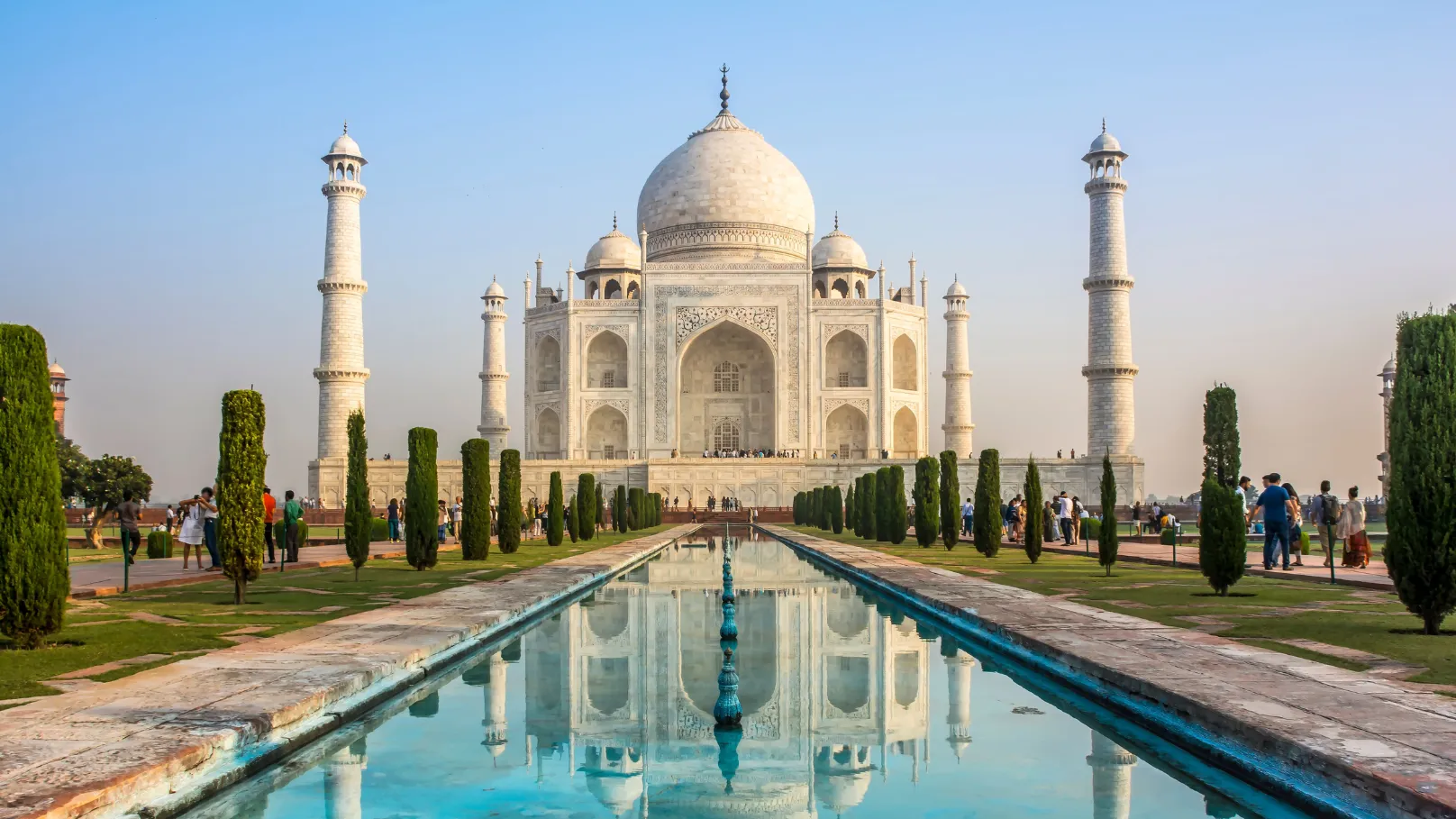






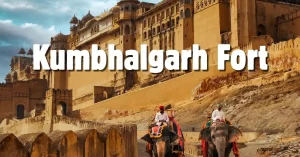
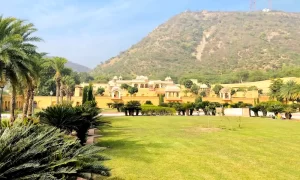


Leave a Comment